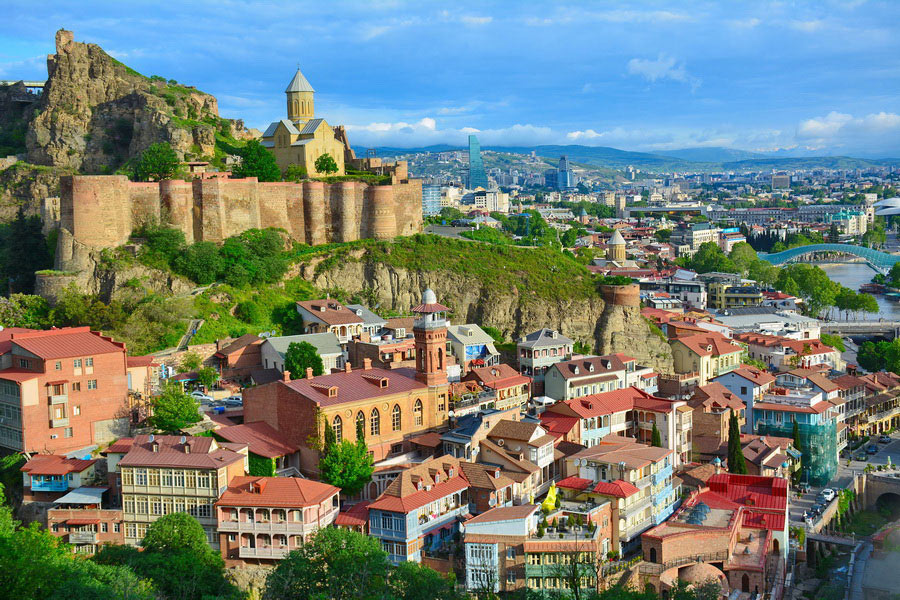Europe is home to iconic landmarks like the Eiffel Tower, the Colosseum, and the canals of Venice. But beyond the well-known destinations lies a treasure trove of hidden gems that are often overlooked by the typical tourist crowd. My journey through Europe’s lesser-known cities and regions revealed an entirely new side of the continent—one rich in culture, history, and unforgettable culinary experiences.

One of the first hidden gems I encountered was Tbilisi, Georgia, a city where Eastern and Western influences seamlessly blend. Nestled along the banks of the Mtkvari River, Tbilisi boasts a rich history with its winding streets, ancient churches, and traditional bathhouses. I was particularly taken with the local cuisine, where hearty dishes like khachapuri (cheese-filled bread) and khorovats (grilled meat) were served with warm hospitality. The food here isn’t just about taste, but about experiencing Georgia’s deep-rooted cultural traditions.
Next, I ventured to Kotor, Montenegro, a medieval town on the Adriatic coast. Surrounded by towering cliffs and crystal-clear waters, Kotor felt like stepping into a time machine. Its UNESCO-listed Old Town is a labyrinth of narrow streets, ancient stone buildings, and hidden squares that reveal centuries of history. I spent hours exploring the town’s winding streets, discovering charming cafes serving fresh seafood and local wines, while the stunning views of the Bay of Kotor left me in awe.

Further west, I found myself in Plovdiv, Bulgaria, one of the oldest continuously inhabited cities in Europe. Known for its Roman theater, cobblestone streets, and vibrant arts scene, Plovdiv is a city that celebrates both its ancient history and modern culture. The city’s colorful Old Town, with its traditional Revival-style houses, is a perfect place to immerse oneself in the local way of life. I indulged in traditional Bulgarian dishes like banitsa (cheese-filled pastry) and moussaka, all while enjoying the lively atmosphere of the Kapana Arts District.
Finally, I made my way to Riga, Latvia, a city known for its stunning Art Nouveau architecture and vibrant café culture. While Riga is becoming more popular with travelers, it remains relatively undiscovered compared to other European capitals. The city’s architectural beauty, particularly in the UNESCO-listed Old Town, is awe-inspiring, and the local food scene, from hearty rye bread to rich honey cakes, was a delightful discovery.
Traveling through these lesser-known cities not only deepened my appreciation for Europe’s cultural diversity but also reminded me that sometimes the best travel experiences lie off the beaten path. Europe’s hidden gems are waiting to be explored, and I feel lucky to have discovered their treasures.

